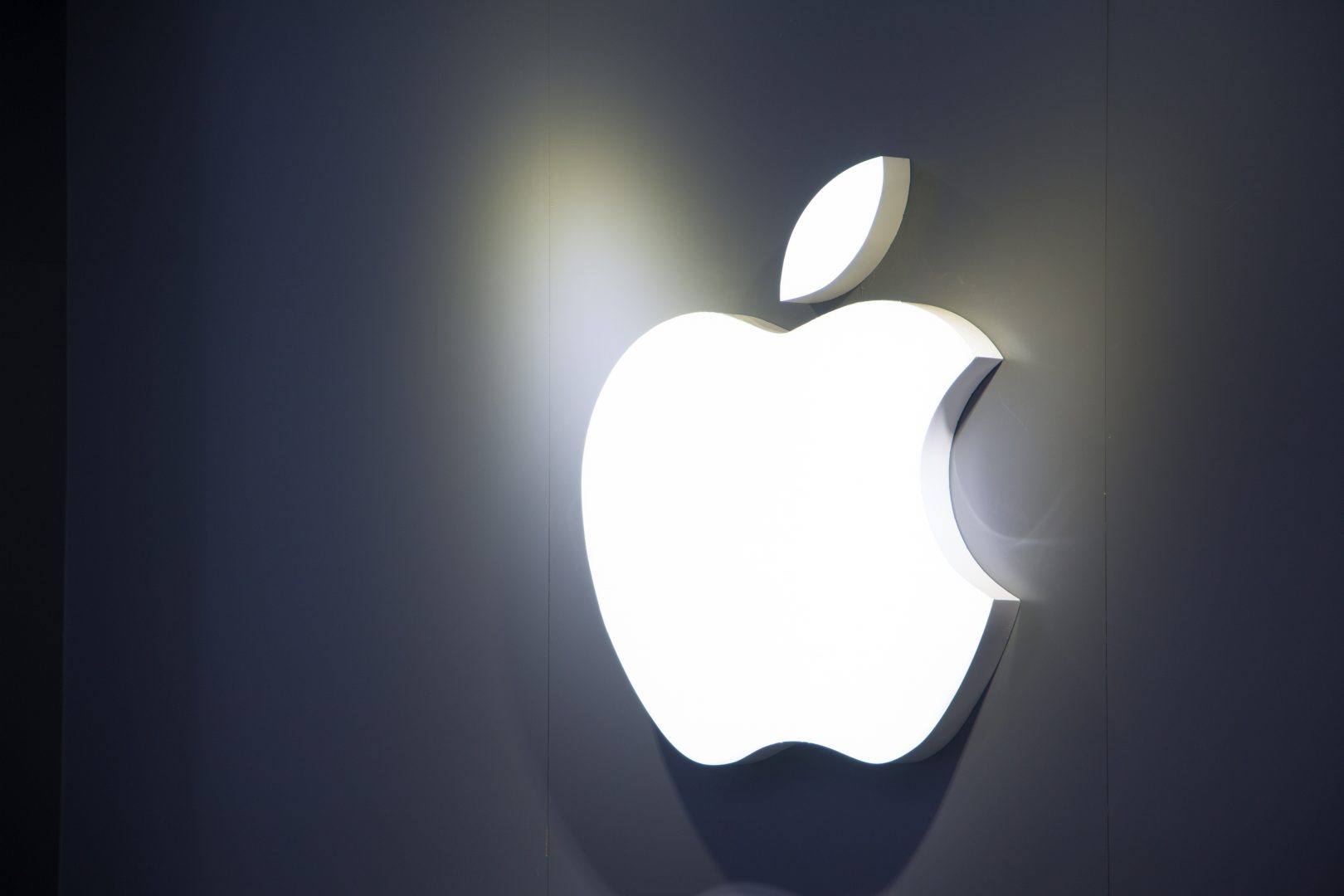An M1 MacBook Air Apple advert in downtown Kiev in (Photo by Pavlo Gonchar/SOPA Images/LightRocket … [+]
Apple has pushed the MacBook Air as one of the best laptops for consumers for nearly two decades. Given that, why is it waiting nearly a year to put the latest Apple Silicon technology into a new macOS laptop?
Then, The MacBook Air Led The Way
When Apple moved away from Intel-based Macs to using its own Apple Silicon chips, it started with the consumer-focused laptops (plus a dash of Mac Mini in support). The MacBook Air and MacBook Pro debuted the M1 chipsets before they made their way to the more powerful deskbound Macs. The same held true with the M2.
Then something changed. Apple’s launch of the Apple Silicon M3 chip took place as expected in the fall, but it debuted in the iMac and the MacBook Pro. The MacBook Air—one of the best-selling laptops in the world—was left behind.
The new technology finally appeared in the MacBook Air six months after its debut. With Apple moving to a twelve-month product cycle, the next M4 launched six months after the MacBook Air’s M3 version was launched. Again, the MacBook Pro debuted up the M4, M4 Pro and M4 Max chipsets.
Now, The MacBook Air Is Left Behind
The MacBook Air is currently stuck on the M3 chipset launched in October 2023. Apple is expected to update this in late Q1 / early Q2 2025, at which point the current M3 in the MacBook Air will be eighteen months behind the tech curve.
That’s not the only disappointment for the MacBook Air community. While the popular laptop sits on the sidelines, the iPad Pro is taking much of the kudos; this year saw the M4 debut not on the Mac platform, but on the iPad platform, with the seventh generation iPad Pro released in May.
Noted Apple supply chain analyst Ming-Chi Kuo is reporting on the next Apple Silicon chip, the presumptively named M5. It’s set to debut in the second quarter of 2025, but not in a deskbound Mac and not in a MacBook Pro. Once more, Apple will turn to its tablet; Apple has chosen the iPad Pro to introduce the powerful M5.
The Delayed MacBook Air Upgrade
The iPad Pro launch is expected just two short months after the MacBook Air is finally allowed to use the M4 technology in March 2025. From leading the charge with the M1 to falling nearly a year behind the rest of Apple’s portfolio, if you want cutting-edge, you’re not going to find it on Apple’s most popular Mac.
And that approach is not going to change over the next year.
Now read the latest MacBook Air, iPhone, and iPad headlines in ’ weekly Apple news digest…









